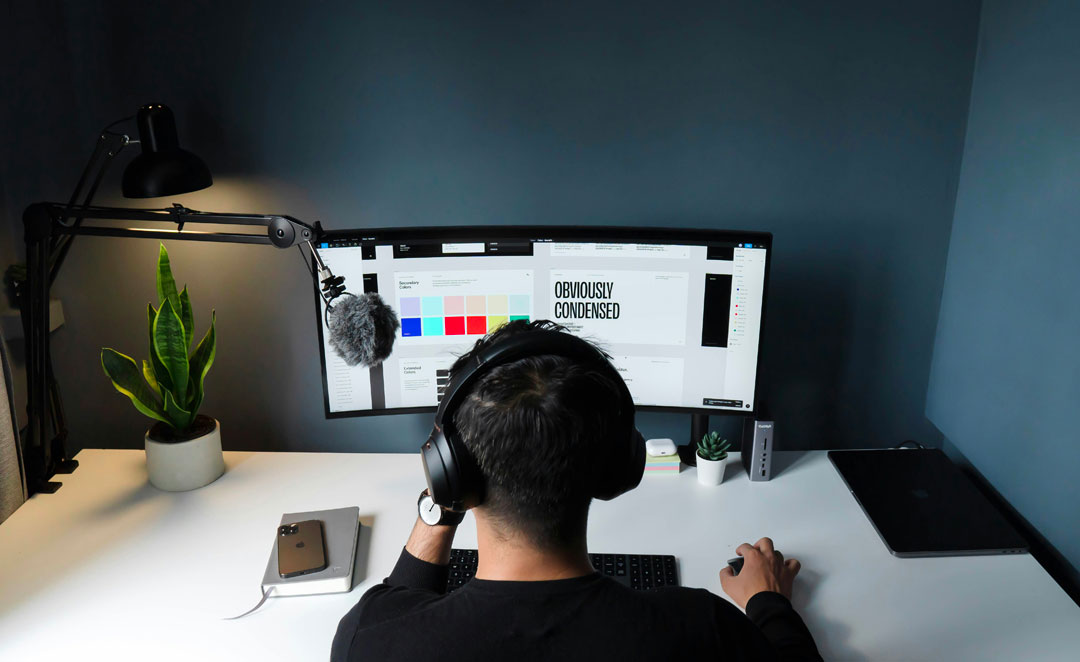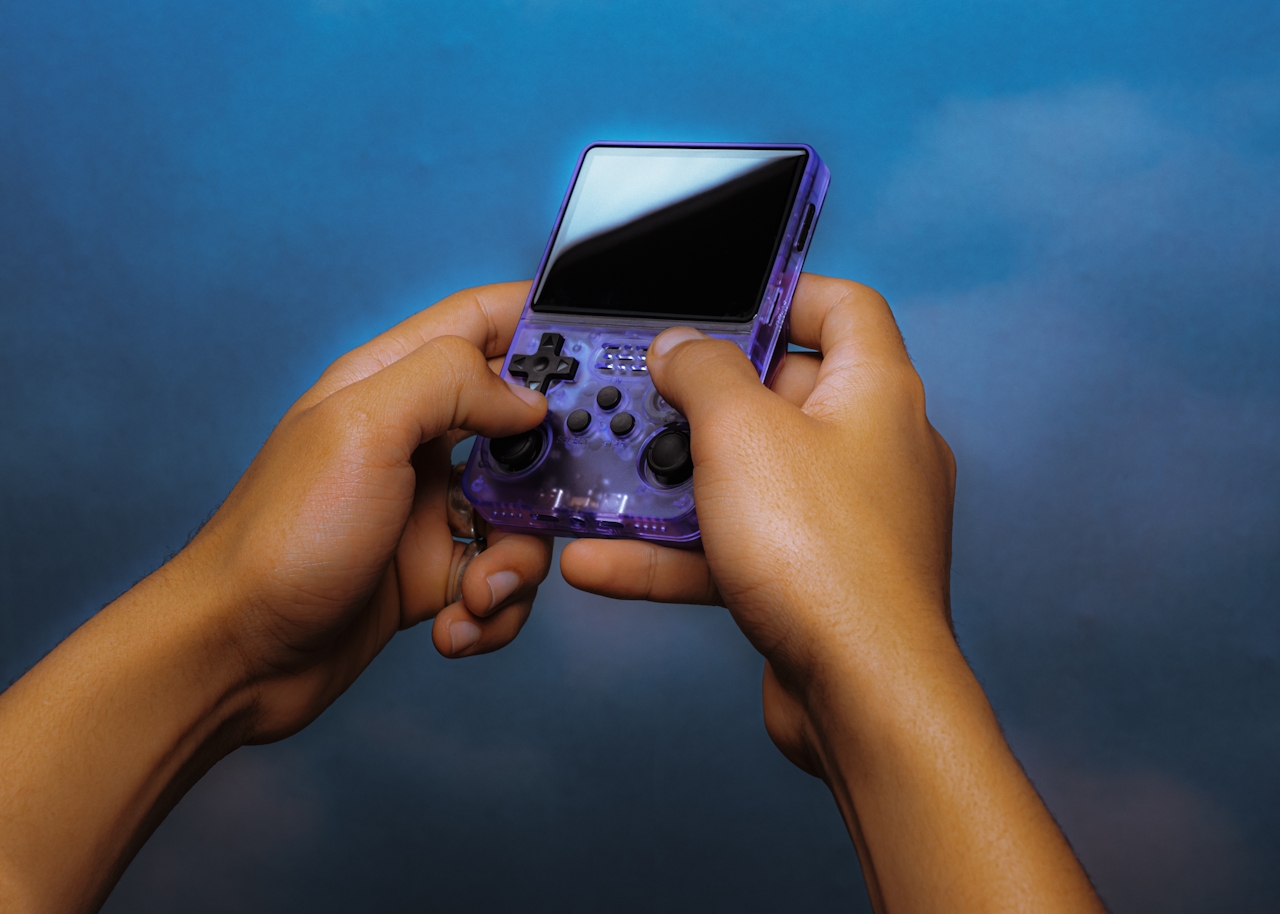Last week, I was sitting across from a founder who'd just spent three months perfecting their brand identity. Twelve logo variations. Four color palettes. An entire library of custom icons. The works. But when I asked them to describe their brand in three seconds, they froze. That's when I knew we needed to strip everything back.
The Paradox of Choice in Brand Design
Every designer knows the temptation. We have infinite tools, unlimited typefaces, and AI that can generate a thousand variations before lunch. But here's the thing: the brands that stick in our minds rarely do everything. They do one thing, repeatedly, until it becomes impossible to forget.
"Sometimes the best design decision is knowing when to stop," says 67961be73378773c7b3d366b.
Think about it. Apple's bitten fruit. Nike's swoosh. The FedEx arrow you can't unsee. These aren't accidents of simplicity—they're deliberate exercises in restraint. A minimalist brand strategy isn't about having less; it's about meaning more.
Why Complexity Kills Recognition
I recently watched a startup rebrand themselves three times in eighteen months. Each iteration added more—more gradients, more typography variations, more "personality." By the third version, their own team couldn't reproduce the logo correctly. That's not a brand system; it's creative chaos.
The human brain processes simple shapes 60,000 times faster than text. When you layer complexity onto your visual identity, you're literally making it harder for people to remember you. Every additional element is another point of failure in recognition.
The strongest brands aren't the loudest ones in the room—they're the ones you recognize from across the street, half-covered by shadow, in a fraction of a second.
This is where minimalist brand strategy becomes a competitive advantage. While competitors chase trends and add visual noise, stripped-down brands build instant recall. They work at 16 pixels and on a billboard. They translate across cultures without explanation.
The Technical Case for Restraint
Let's talk practical for a moment. Every brand element you add multiplies your implementation complexity. That gradient that looks gorgeous in Figma? Good luck reproducing it consistently across print, web, and that random trade show banner your sales team ordered without supervision.
A minimalist brand strategy reduces technical debt before it happens. Fewer colors mean consistent reproduction. Simple typography means faster load times. Clean logos mean they actually work as favicons. These aren't just aesthetic choices—they're operational ones.
Studios like Metabrand explore how identity evolves at the intersection of design and technology, often finding that the most future-proof brands are the ones with the fewest moving parts.
Building Memory Through Repetition
Here's something most brand guides won't tell you: consistency beats creativity. Every time. I've seen beautiful, award-winning identities fail because they were too precious to implement consistently. Meanwhile, boring brands that show up the same way, every single time, build empires.
When Pentagram redesigned Mastercard's identity, they didn't add—they subtracted. The result? A logo that works without the wordmark, recognized globally through two overlapping circles. That's the power of reduction.
The minimalist brand strategy approach forces discipline. When you can't hide behind visual tricks, every decision matters more. That single color needs to work harder. That one typeface needs to carry more weight. The constraints become the catalyst for clarity.
The Courage to Say No
The hardest part about minimalism isn't the design—it's the politics. Every stakeholder wants their mark on the brand. The CEO loves gradients. Marketing wants "energy." Sales needs "more professional." Before you know it, you're designing by committee, and the result looks like it.
The best brands have someone brave enough to protect simplicity. To say no to the animated logo. To reject the third typeface. To insist that white space isn't wasted space. This isn't about being difficult—it's about understanding that every addition dilutes the whole.
I've started using a simple test with clients: if you can't draw your logo from memory after seeing it three times, it's too complex. Try it with your own brand. The results might surprise you.
The future belongs to brands that can be understood in an instant and remembered forever. In a world accelerating toward information overload, the calmest voice often carries furthest. That's not minimalism as an aesthetic choice—it's minimalism as survival strategy.










